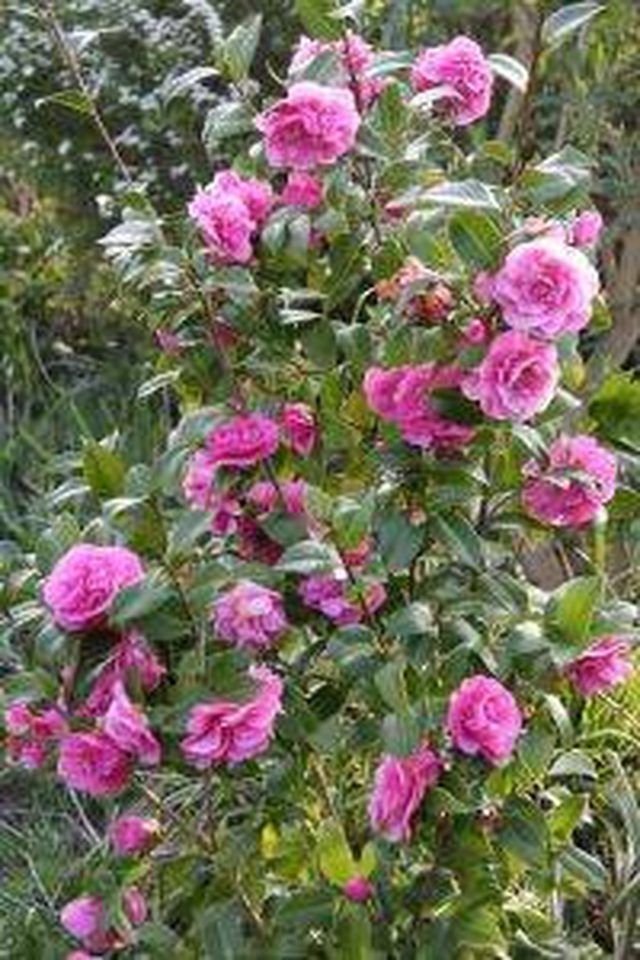Bulbs
Flower Basics
Flower Beds & Specialty Gardens
Flower Garden
Garden Furniture
Garden Gnomes
Garden Seeds
Garden Sheds
Garden Statues
Garden Tools & Supplies
Gardening Basics
Green & Organic
Groundcovers & Vines
Growing Annuals
Growing Basil
Growing Beans
Growing Berries
Growing Blueberries
Growing Cactus
Growing Corn
Growing Cotton
Growing Edibles
Growing Flowers
Growing Garlic
Growing Grapes
Growing Grass
Growing Herbs
Growing Jasmine
Growing Mint
Growing Mushrooms
Orchids
Growing Peanuts
Growing Perennials
Growing Plants
Growing Rosemary
Growing Roses
Growing Strawberries
Growing Sunflowers
Growing Thyme
Growing Tomatoes
Growing Tulips
Growing Vegetables
Herb Basics
Herb Garden
Indoor Growing
Landscaping Basics
Landscaping Patios
Landscaping Plants
Landscaping Shrubs
Landscaping Trees
Landscaping Walks & Pathways
Lawn Basics
Lawn Maintenance
Lawn Mowers
Lawn Ornaments
Lawn Planting
Lawn Tools
Outdoor Growing
Overall Landscape Planning
Pests, Weeds & Problems
Plant Basics
Rock Garden
Rose Garden
Shrubs
Soil
Specialty Gardens
Trees
Vegetable Garden
Yard Maintenance
How to Take Care of Blight on Old Rose Bushes
How to Take Care of Blight on Old Rose Bushes. Blight on old rose bushes is caused by bacteria, which results in dark spots on leaves, dying flowers and oozing branches. Although there is no cure for blight, with a little work, you can control the disease with minimal harm to the rose bushes. Clipping affected areas, drying the leaves and using a...

Blight on old rose bushes is caused by bacteria, which results in dark spots on leaves, dying flowers and oozing branches. Although there is no cure for blight, with a little work, you can control the disease with minimal harm to the rose bushes. Clipping affected areas, drying the leaves and using a commercial bactericide are all common ways to take care of blight on old rose bushes. Use these easy methods to make your old rose bushes as good as new.
Things You'll Need
Clean, dry cloths
Pruning shears
Denatured alcohol
Blight bactericide
Dry the leaves of all affected rose bushes with a clean, dry cloth. Standing water on the leaves is the main culprit of blight disease.
Use clean pruning shears to remove infected leaves and stems. Cut at least 8 inches up from the infected parts, to make sure all of the blight is removed from the rose bushes.
Burn the infected leaves, branches and the cloth you used to dry the rose bushes. Do not leave them on the ground where the blight can spread to other plants. Instead, move them far away and burn them to make sure the disease is destroyed.
Combine three parts denatured alcohol with one part water. Clean the pruning shears with the solution. This will prevent the blight spreading to other rose bushes or plants through contaminated shears. Wipe the shears dry after cleaning. Household bleach may be used in place of denatured alcohol, if necessary, to sanitize the pruning shears. Combine one part bleach with three parts water and apply to the shears, and then wipe clean.
Use a commercial bactericide formulated for blight disease on the old rose bushes, as a last resort. Bactericides can be found in local home and garden shops, and sometimes hardware stores. Follow the manufacturer's directions.
Tips & Warnings
Prevent future outbreaks of blight on old rose bushes by watering from the bottom, and not allowing water to stand on the leaves.